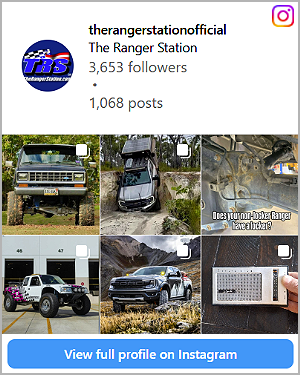Curious Hound
I know a guy with a website
TRS Forum Moderator
TRS Event Staff
⭐Supporting Member
💻 TRS Socials
Article Contributor
TRS Event Participant
TRS 20th Anniversary
TRS 25th Anniversary
VAGABOND
U.S. Military - Veteran
GMRS Radio License
- Joined
- Feb 7, 2016
- Messages
- 18,942
- Points
- 601
- Age
- 61
- City
- Wellford, SC
- State - Country
- SC - USA
- Other
- 2002 F250, 2022 KLR 650
- Vehicle Year
- 1993
- Vehicle
- Ford Ranger
- Drive
- 4WD
- Engine
- 3.0 V6
- Transmission
- Manual
- Total Lift
- 6"
- Tire Size
- 35"
- My credo
- In theory, theory and practice are the same. In practice, they are different.
I just read back through his description. He’s still going to need a pull point somewhere even if he used LB’s where he went through the walls into the house and shop. If I was doing it, I probably would have cheated with some gently curving trenches instead of some if those 45’s, if possible. In the Texas sunshine, that conduit would have layed in a gently curved trench very easily.I should have read @Curious Hound post first, but these are not considered bends.
So between the one coming out of the house and the one going into the shop, the only bends you need to worry about are the ones underground.













